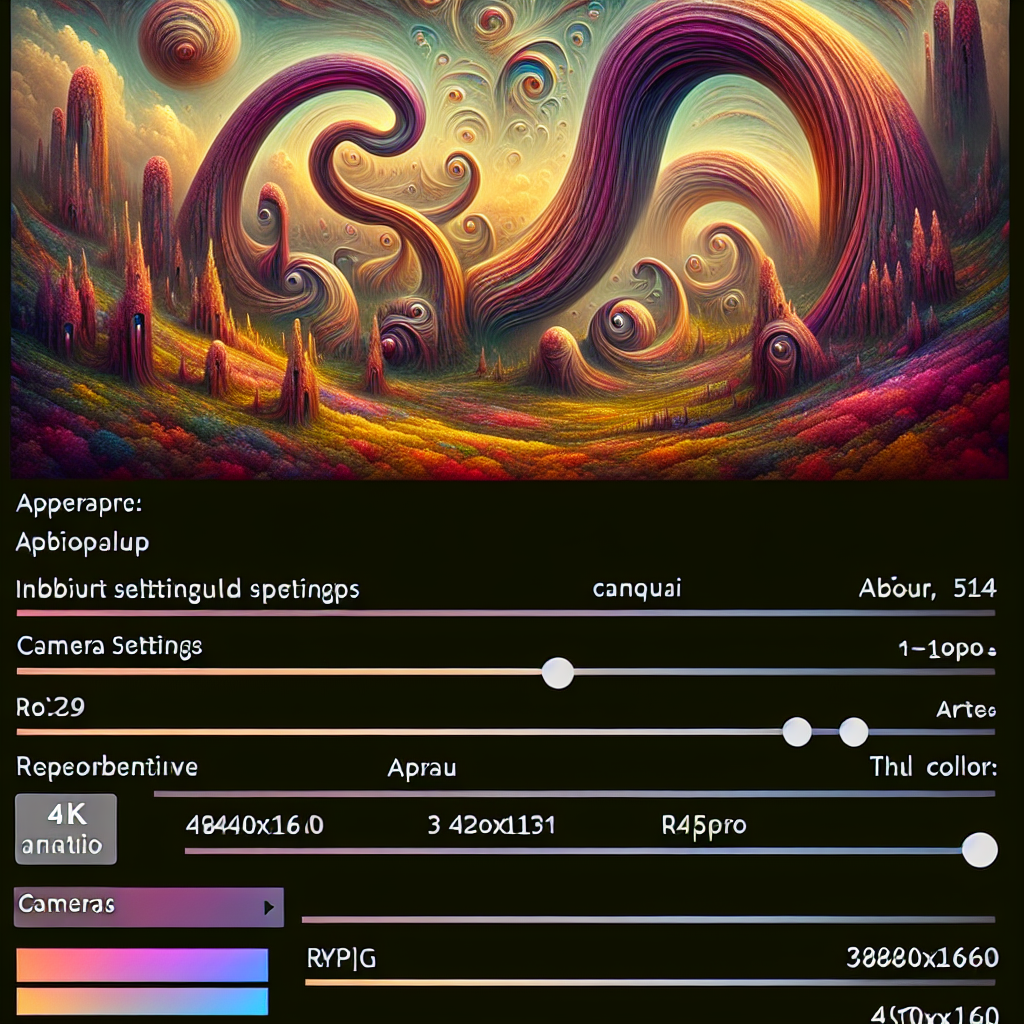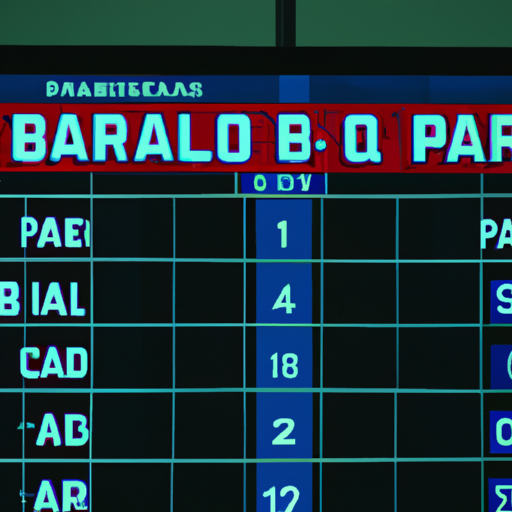From Humble Beginnings: A History of the PBA

The Early Years of the PBA
The Philippine Basketball Association (PBA) is the oldest professional basketball league in Asia. It was founded in 1975 and has since become a beloved institution in the Philippines. The league has produced some of the country’s most iconic basketball players and has given fans countless memorable moments. But how did the PBA come to be? Let’s take a look at the early years of the league.
The idea of a professional basketball league in the Philippines was first proposed in the early 1970s. At the time, basketball was already a hugely popular sport in the country, with amateur leagues drawing large crowds. However, there was a growing sense that the sport needed to evolve and become more competitive. The idea of a professional league was seen as a way to achieve this.
In 1975, nine teams came together to form the PBA. These teams were composed of players who had previously played in amateur leagues, as well as some foreign players. The league’s first commissioner was Leo Prieto, a former basketball player and coach.
The PBA’s inaugural season was a success, with fans flocking to see their favorite players compete at a higher level. The league’s first game was played on April 9, 1975, between the Mariwasa-Noritake Porcelainmakers and Concepcion Carrier. The Porcelainmakers won the game 101-98, with player-coach Ed Ocampo leading the way with 32 points.
One of the early challenges that the PBA faced was attracting sponsors. The league was still relatively unknown at the time, and many companies were hesitant to invest in a new venture. However, the PBA was able to secure a major sponsor in the form of beer company San Miguel Corporation. This partnership proved to be crucial in the league’s early years, as San Miguel’s financial support allowed the PBA to grow and expand.
Another challenge that the PBA faced was the lack of suitable venues for games. At the time, there were few indoor arenas in the Philippines that could accommodate large crowds. This meant that many games had to be played outdoors, which was not ideal for players or fans. However, the PBA was able to secure the use of the Araneta Coliseum, a large indoor arena in Quezon City. The Coliseum became the league’s primary venue and remains a beloved symbol of the PBA to this day.
Despite these challenges, the PBA continued to grow in popularity. The league’s second season saw the addition of two new teams, bringing the total number of teams to eleven. The PBA also introduced a draft system, which allowed teams to select new players each season. This helped to ensure that the league remained competitive and that new talent was constantly being introduced.
In conclusion, the early years of the PBA were marked by challenges and uncertainty. However, the league’s founders and early supporters were determined to make it a success. Through hard work and perseverance, they were able to establish the PBA as a beloved institution in the Philippines. The league’s early years laid the foundation for the success that it continues to enjoy today.
PBA Legends: A Look Back at the Greatest Players in Philippine Basketball History

Basketball is one of the most popular sports in the Philippines, and the Philippine Basketball Association (PBA) is the premier professional basketball league in the country. The PBA has a rich history that dates back to its humble beginnings in 1975.
The PBA was founded by nine teams, namely Crispa, Toyota, U-Tex, Mariwasa, Concepcion Carrier, Tanduay, Royal Tru-Orange, 7-Up, and Gilbey’s Gin. These teams were composed of some of the best basketball players in the country, and they played their first game on April 9, 1975, at the Araneta Coliseum in Quezon City.
The first season of the PBA was a huge success, with Toyota winning the championship after defeating Crispa in the finals. The league continued to grow in popularity, and it soon became a national obsession. The PBA was not just a basketball league; it was a cultural phenomenon that brought people together and gave them something to cheer for.
Over the years, the PBA has produced some of the greatest basketball players in Philippine history. These players have become legends in their own right, and their names are synonymous with the sport of basketball in the Philippines.
One of the greatest players in PBA history is Robert Jaworski, also known as “The Big J.” Jaworski played for Toyota and Ginebra, and he was known for his toughness, leadership, and clutch performances. He led Ginebra to several championships and was a fan favorite throughout his career.
Another PBA legend is Alvin Patrimonio, who played for Purefoods and was known for his scoring ability and rebounding prowess. Patrimonio won four MVP awards and led Purefoods to several championships during his career.
Other notable PBA legends include Ramon Fernandez, who played for Toyota and San Miguel and won four MVP awards; Atoy Co, who played for Crispa and was known for his flashy style of play; and Benjie Paras, who played for Shell and won two MVP awards.
The PBA has also produced some of the greatest imports in Philippine basketball history. These imports brought a new level of excitement and talent to the league, and they helped raise the level of play for local players.
One of the greatest imports in PBA history is Norman Black, who played for San Miguel and was known for his scoring ability and leadership. Black won several championships and was a fan favorite during his time in the PBA.
Another great import is Sean Chambers, who played for Alaska and was known for his athleticism and clutch performances. Chambers won several championships and was a key player in Alaska’s dynasty during the 1990s.
The PBA has come a long way since its humble beginnings in 1975. The league has grown in popularity and has become a national obsession. The PBA has produced some of the greatest basketball players in Philippine history, and these players have become legends in their own right.
The PBA continues to be a major force in Philippine sports, and it will continue to produce great players and memorable moments for years to come. As we look back at the history of the PBA, we can see how far the league has come and how much it has contributed to the sport of basketball in the Philippines.
The Impact of the PBA on Philippine Basketball Culture
Basketball is undoubtedly one of the most popular sports in the Philippines. It is a game that is deeply ingrained in the country’s culture, and its popularity can be attributed to the Philippine Basketball Association (PBA). The PBA is the oldest professional basketball league in Asia and has played a significant role in shaping the country’s basketball culture.
The PBA was founded in 1975 by nine teams, namely Crispa, Toyota, U-Tex, Mariwasa, Royal Tru-Orange, Tanduay, Presto, 7-Up, and Gilbey’s. The league’s inaugural season was a huge success, with thousands of fans flocking to the Araneta Coliseum to watch their favorite teams play. The PBA’s popularity continued to grow, and it soon became the most-watched sports league in the country.
One of the reasons for the PBA’s success is its unique format. Unlike other basketball leagues, the PBA has a single conference format, which means that all teams play against each other regardless of their win-loss record. This format ensures that every game is competitive and exciting, and it also allows fans to see their favorite teams play against each other multiple times in a season.
The PBA has also been instrumental in developing some of the country’s best basketball players. Many of the league’s players have gone on to represent the Philippines in international competitions, including the Olympics and the FIBA World Cup. Some of the most notable players to come out of the PBA include Alvin Patrimonio, Robert Jaworski, and Benjie Paras.
The PBA has also had a significant impact on the country’s economy. The league generates millions of pesos in revenue each year, and it has created thousands of jobs for Filipinos. The PBA’s success has also led to the development of other basketball-related industries, such as sports apparel and equipment manufacturing.
The PBA has also played a crucial role in promoting basketball as a sport for all Filipinos. The league has launched several grassroots programs aimed at developing young basketball players from all over the country. These programs provide young Filipinos with the opportunity to learn the game of basketball and develop their skills, regardless of their socio-economic background.
The PBA has also been a platform for social change. The league has used its influence to promote various social causes, such as environmental awareness and disaster relief efforts. The PBA has also been a vocal advocate for gender equality, and it has launched several initiatives aimed at promoting women’s basketball in the country.
In conclusion, the PBA has had a significant impact on Philippine basketball culture. The league’s unique format, development of players, contribution to the economy, promotion of basketball as a sport for all, and advocacy for social change have all contributed to its success. The PBA has become an integral part of the country’s sports landscape, and it will continue to shape Philippine basketball culture for years to come.





